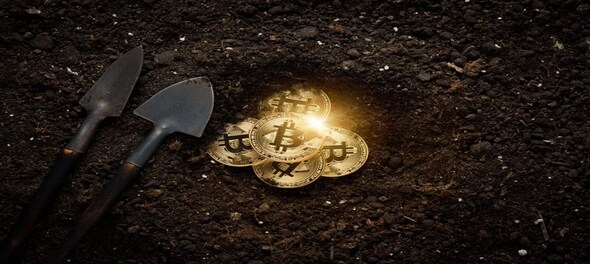
When we talk about crypto mining, perhaps the first thing that comes to mind is Bitcoin. It employs one of the most challenging mining processes known to the industry. It is incredibly energy-intensive and requires advanced computing equipment. So much so that mining Bitcoin is usually something only large firms can afford to do.
However, not all cryptocurrencies have such a difficult mining process. It would be hard to believe – but you can mine one particular cryptocurrency at home, using the CPU you currently have. You don’t have to go bankrupt acquiring all the fancy mining equipment. And if you can get an AMD GPU, that would be an added plus. Otherwise, you don’t even need that to mine one of the top 30 digital coins – Monero.
What is Monero?
Monero (XMR) is an open-source digital token. It was launched in 2014 and shot to popularity thanks to the anonymous transacting feature it offers. While it is similar to Bitcoin in many spheres, it distinguishes itself by boasting robust privacy features — making your transactions untraceable. Its underlying blockchain hides the trader’s identity and transaction amount.
It is one of the top 30 coins with a market cap of over $2 billion and uses a proof-of-work (PoW) consensus mechanism. Its developers are trying hard to maintain its decentralization by letting even hobbyist miners participate in the mining process. They have kept specialized machines like application-specific integrated circuits (ASICs) away from the mining scene. For this reason, CPU mining is the best way to mine Monero (XMR).
What is XMR Mining?
XMR mining is the process of verifying transactions on Monero’s blockchain. The miners earn rewards in the form of XMR coins. The mining process works just like Bitcoin’s, except that it focuses more on privacy.
Rewards of mining Monero
As of January 2021, miners receive 1.26 XMR for every block they add to the blockchain and a new block is mined every 2 minutes. Depending on your CPU/GPU, this can amount to around $0.45 to $1 in profitability, per day per mining system.
Usually, coins have a circulation hard cap. For example, Bitcoin has a limited supply of 21 million coins. Once BTC reaches this hard cap, miners will no longer receive new coins for producing new blocks. They will only receive the fees attached to each transaction.
Monero, on the other hand, does not have a hard cap, per se. It is programmed so that, once circulation reaches the 18-million-mark, miners will earn a fixed reward of 0.6 XMR infinitely. This is called tail emission and is designed to keep the miners motivated.
How to mine Monero?
As previously mentioned, you can mine Monero on any operating system using the hardware you have at your disposal. However, there are different ways to mine this privacy coin. They include:
To make it work in your favour, you might want to increase your device’s processing speed. Mining is a game of speed; the faster you solve puzzles, the more rewards you can earn. Mining solo with just a CPU may be possible, but might not be financially viable, in which case, joining a pool is your best option.
(Edited by : Abhishek Jha)
First Published: Jun 27, 2022 2:13 PM IST
Check out our in-depth Market Coverage, Business News & get real-time Stock Market Updates on CNBC-TV18. Also, Watch our channels CNBC-TV18, CNBC Awaaz and CNBC Bajar Live on-the-go!


Lok Sabha Election 2024: Issues raised by Prime Minister Modi have not resonated with people of Tamil Nadu, says Congress
Apr 19, 2024 11:38 PM
West Bengal Lok Sabha elections 2024: A look at Congress candidates
Apr 19, 2024 8:45 PM

